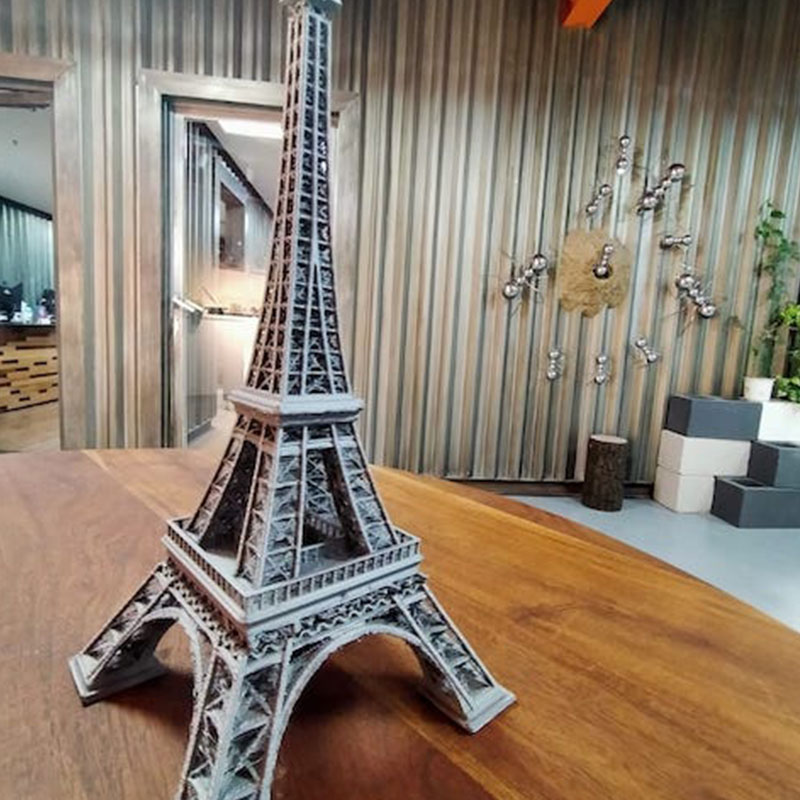
The rise of additive manufacturing has changed the way products are designed and created, opening up a range of possibilities with various materials. Understanding the different types of materials available for 3D printing in Dubai can help users select the most suitable option for their specific applications.
PLA (Polylactic Acid)
PLA is one of the most widely used materials in 3D printing, especially for beginners. It is a biodegradable thermoplastic made from renewable resources like cornstarch or sugarcane. PLA is easy to print, has low warping, and offers a high-quality finish, making it ideal for prototypes, educational models, and decorative items. However, it has a lower heat resistance compared to other materials, which limits its applications in functional parts.
ABS (Acrylonitrile Butadiene Styrene)
ABS is a popular choice for industrial applications due to its strength and durability. This thermoplastic is known for its impact resistance and ability to withstand higher temperatures than PLA. ABS can be used for functional parts, automotive components, and toys like LEGO bricks. However, it requires a heated bed during printing to reduce warping and can emit fumes, so proper ventilation is essential.
PETG (Polyethylene Terephthalate Glycol)
PETG combines the best features of PLA and ABS, offering good strength, flexibility, and chemical resistance. This material is easy to print and has excellent adhesion between layers, making it ideal for functional prototypes and mechanical parts. PETG is also food-safe, making it suitable for kitchen tools and containers. Its clarity allows for aesthetically pleasing designs, but it can be prone to stringing during printing.
TPU (Thermoplastic Polyurethane)
TPU is a flexible, rubber-like material widely used for creating parts that require elasticity, such as phone cases, seals, and gaskets. Its high flexibility and abrasion resistance make it ideal for applications where durability and impact resistance are important. However, TPU can be challenging to print due to its flexibility, requiring specific printer settings and careful handling.
Nylon
Nylon is known for its exceptional strength, durability, and flexibility, making it a favorite for functional parts in demanding applications. It has excellent wear resistance, making it suitable for gears, hinges, and other moving parts. However, nylon can absorb moisture from the air, leading to print issues, so it is essential to store it properly in a dry environment.